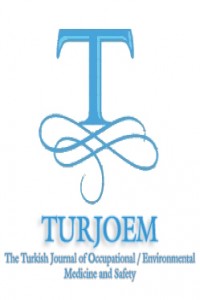Abstract
Athletes and non athletes weighlifters have tried to gain an unfair
advantage through the use doping substances since ancient times. Doping
substances although enhance sports performance, represent a risk to the health
of individuals and violate the sprit of competition. The use of prohibited
performance enhancing drugs (PED’s) or methods to improve results in
competitive sports is referred as doping. Among the PED’s used are
androgenic-anabolic steroids (AASs), diuretics and masking agents, narkotics
and cannabinoids. The improper handling of endogenous hormones such as human
growth hormone, erythropoietin, testosterone and insülin and also the use of
forbidden methods such as blood transfusions or gene doping and even the
refusal to take a drug test or attempt to tamper with doping controls are all
considered as doping. Every year a new list of banned drugs is prepared by the
World Anti-Doping Agency (WADA). Abusers of doping substances have higher
mortality rates and risk of sudden death. Many adverse effect of AASs abuse
such as increased body hair, acne, aggresive behaviour, mood disturbances,
alteration of cardiovascular parameters, disturbances in endocrine and immune
functions have been reported. Doping agents generaly exert tendinopathies,
rhabdomyolysis, arthralgies, abnormal bone growth, osteoporosis, joint
cartilage erosion and osteoarthritis, soft tissue edema, fatique and tremor. .
In the presantation the target organs that are affected by the use of doping
substances will be discussed in detail.
References
- A. Ahmet BASARAN Department of Pharmacognosy, Faculty of Pharmacy, Hacettepe University, 06100, Ankara, Turkey
Abstract
References
- A. Ahmet BASARAN Department of Pharmacognosy, Faculty of Pharmacy, Hacettepe University, 06100, Ankara, Turkey
Details
| Journal Section | Articles |
|---|---|
| Authors | |
| Publication Date | February 16, 2017 |
| Published in Issue | Year 2017 Volume: Volume 2 Issue: İssue 1 (1) - 2.İnternational Congress Of Forensic Toxicology |


